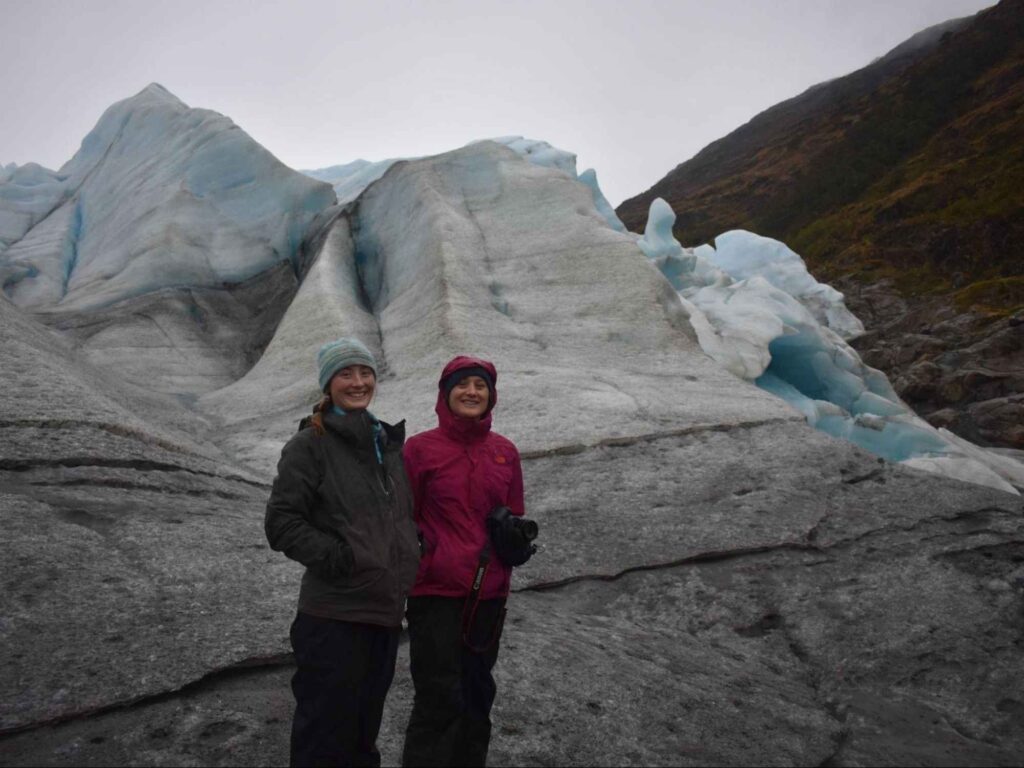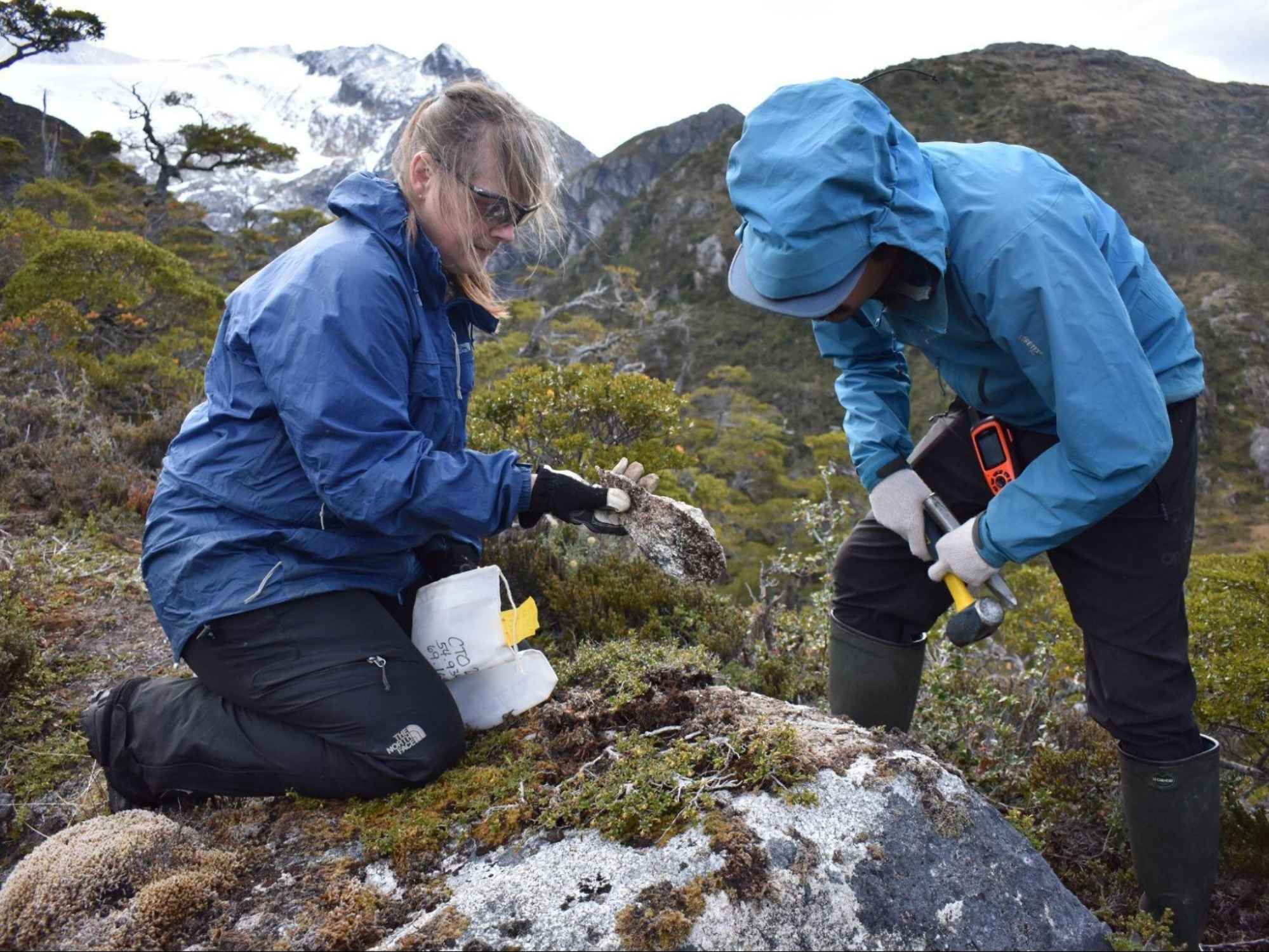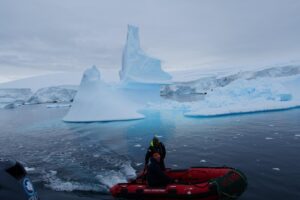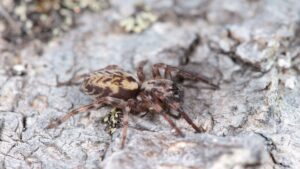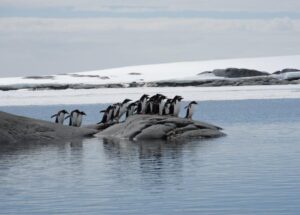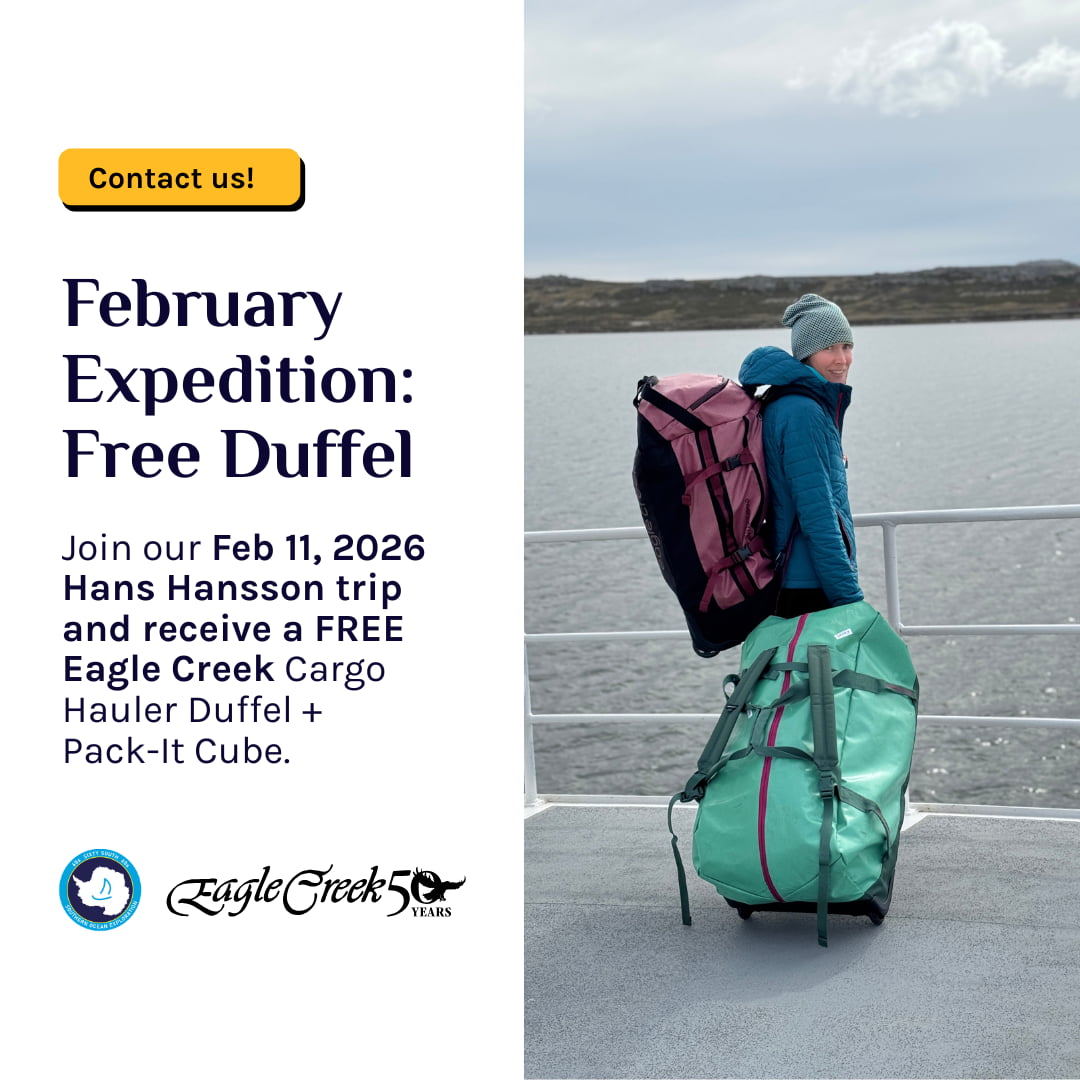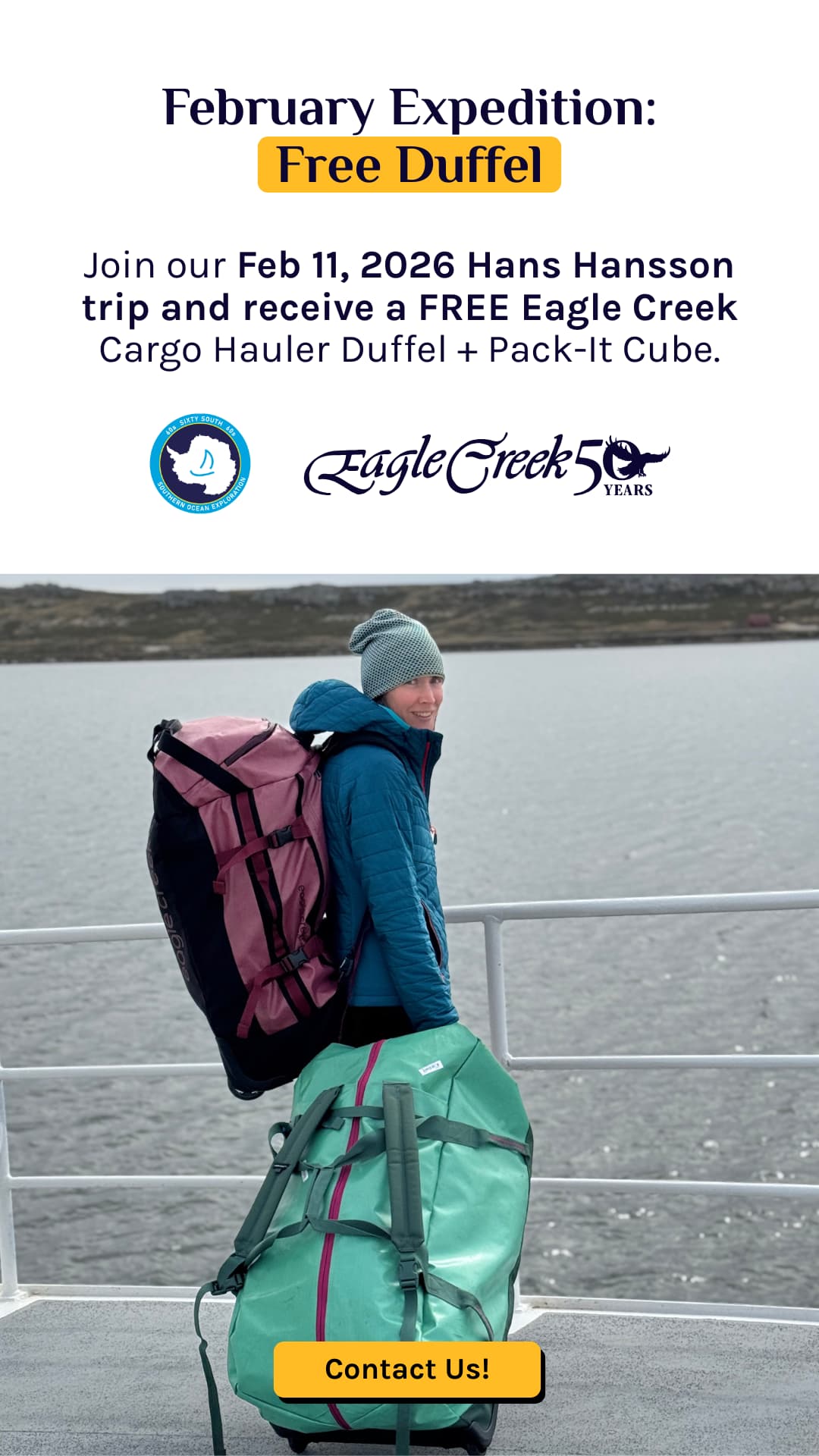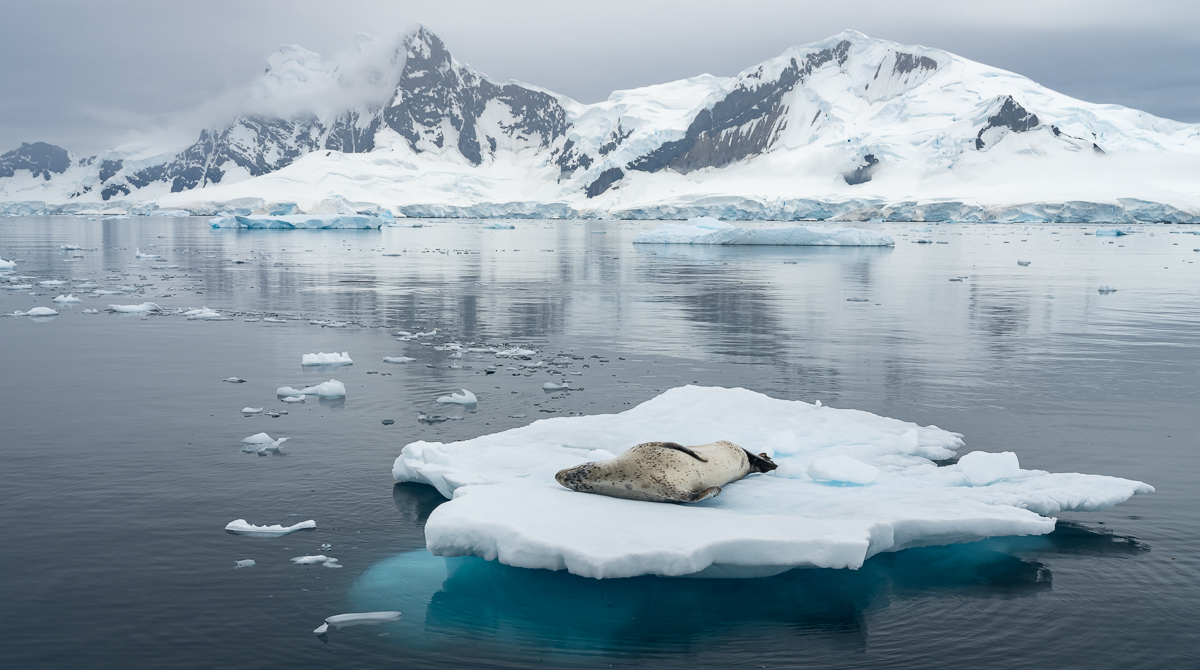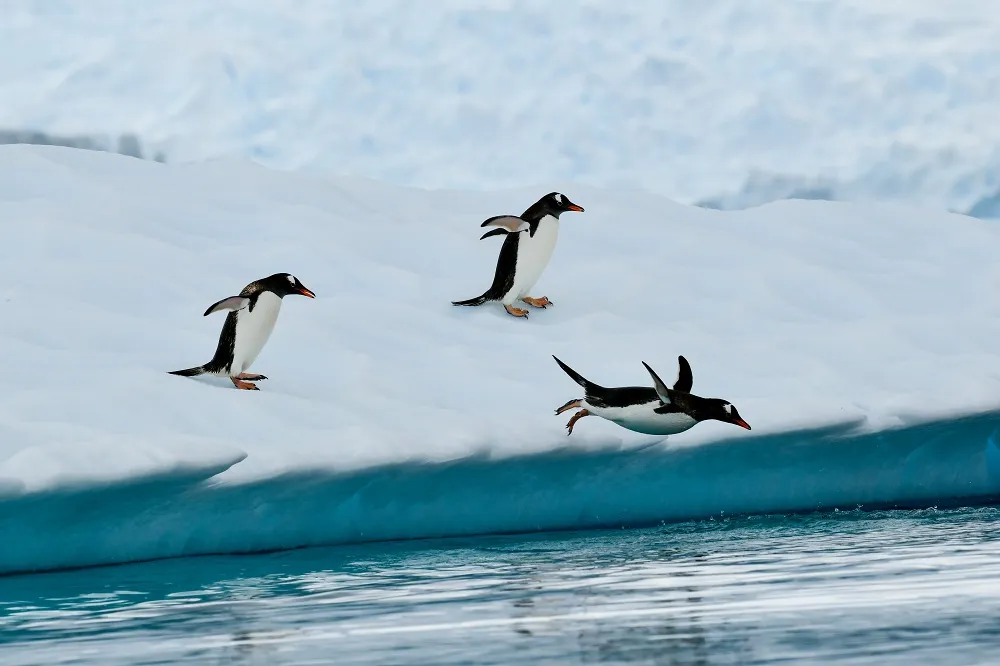Welcome to the first blog of our series highlighting guest scientists’ research after their expeditions with 60 South. We’re starting off with Dr. Brenda Hall, a professor at the University of Maine specializing in glacial chronology.
About Brenda and 60 South Connections
Dr. Brenda Hall’s love for glaciers began in childhood, inspiring her to pursue a geology degree and PhD at the University of Maine. She first visited Antarctica when her PhD advisor, George Denton, invited her to assist his research. There she met the infamous climber Charlie Porter, a friend of her advisor whom she also befriended. Years later, she researched aboard Porter’s boat, the Ocean Tramp, before 60 South acquired it from his estate. In March 2023 and 2024, she reboarded the Ocean Tramp to conduct research in the Cordillera Darwin mountains in Chile.
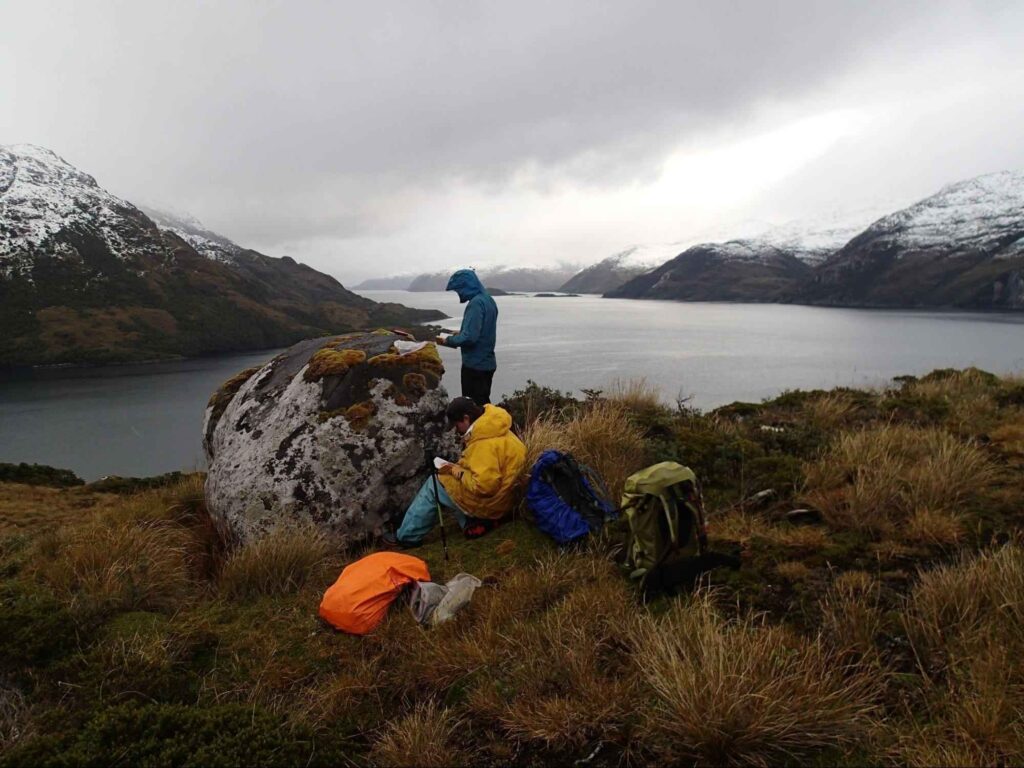
Research Summary
Dr. Hall’s research focused on the onset of the termination (the beginning of the end) of the last ice age to understand why it occurred, and particularly how the movement of the Southern Westerly Winds contributed to its conclusion. At the end of the last ice age, the winds shifted southward, bringing warmer temperatures that melted the glaciers. Today, this southward trend continues, accelerated by human-induced warming. Her research into the past aims to improve predictions and planning for future impacts, including ice-sheet destabilization, rising sea levels, and other climate effects.
To track the buildup and melting of ice over time, Dr. Hall’s team used two complementary methods of sampling- cosmogenic surface exposure dating and radiocarbon dating. For the first, they collected rock samples from the tops of boulders to understand when it was first exposed to the atmosphere as part of Earth’s surface. When cosmic rays hit the rock surface, they split atoms into special Beryllium isotopes that form in quartz inside the boulders. After the expedition, her team crushed, sieved, and used specialized chemistry on the samples to isolate the quartz and its Beryllium isotopes, then sent it to an accelerator lab. The lab then measured the ratios of Beryllium to determine how long the rock was exposed at the surface, revealing when the ice receded in that area.
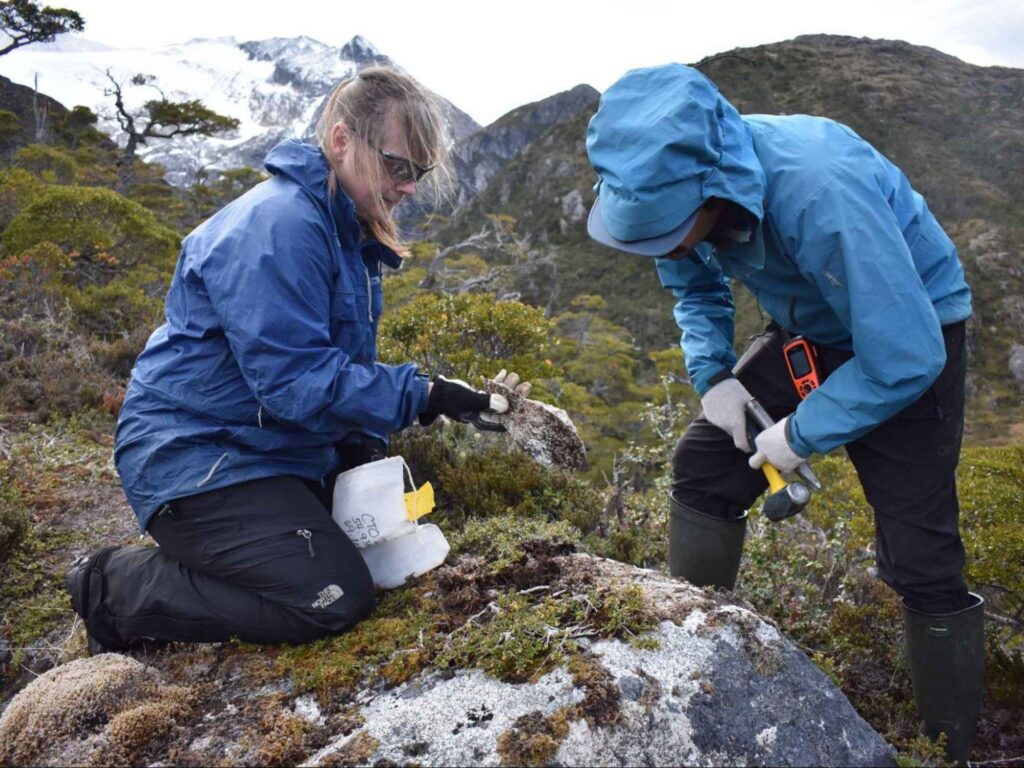
The other method used, radiocarbon dating, helps determine both when the glaciers receded and when they advanced. Her team collected samples of organic matter at the bottom of bogs through a long tube, a process also known as ‘coring’ bogs. Bog samples mark when organic material grew or fell into the bog soon after the area became ice free. Meanwhile, samples like reworked sea shells in exposed ancient glacial sediment layers show when a fjord existed before being encroached upon by glacial ice. The age of the youngest sea shell provides the earliest possible time that ice formed, also called its maximum limiting age.
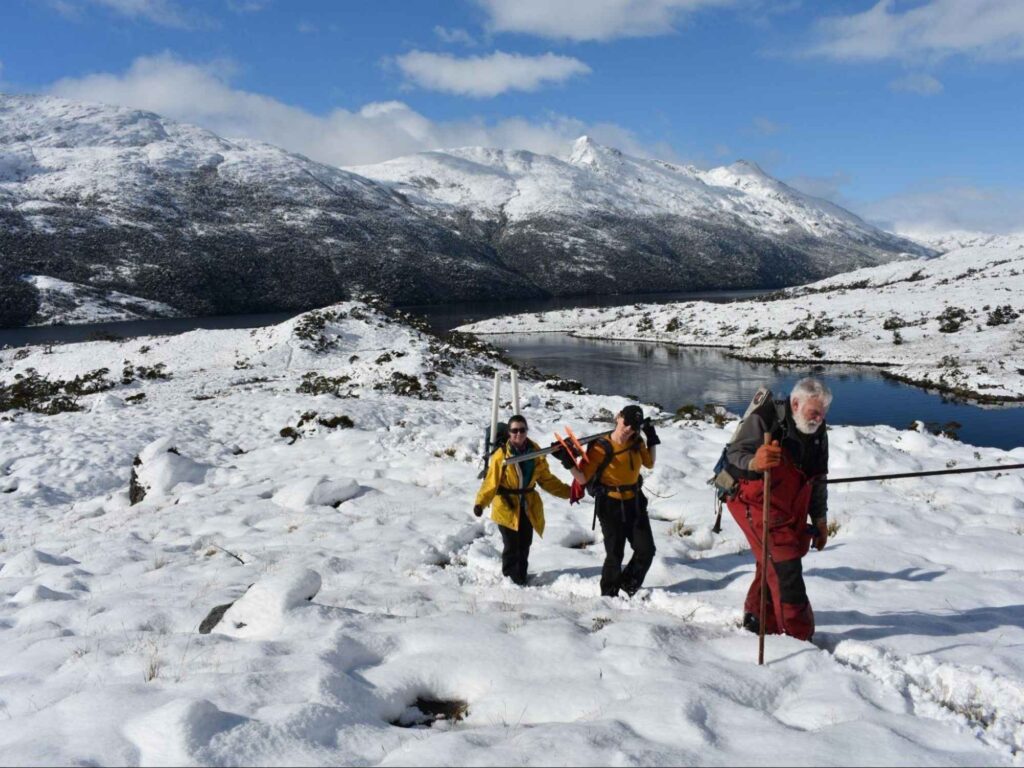
While the analysis for radiocarbon dating only takes about three months to complete, cosmogenic surface exposure dating can last anywhere from six to eighteen months depending on the number of samples and the type of rock. However, her team has already received some results and are hoping to publish once all of the analysis is complete. Stay tuned for more updates!
Notable memories
Dr. Hall remarks how much they were able to accomplish, in part due to the enthusiasm of her team and the support of the 60 South crew assisting with landings and equipment. She particularly remembers how eagerly the captain of the boat, Ben, joined in to help once he understood their research. He would stand on deck with his binoculars, scanning the surroundings before excitedly announcing, “There are some boulders over there! Should we go check those out?” The grad students also became quite fond of Ben’s Rubik’s cube, sometimes competing amongst themselves to finish the fastest.
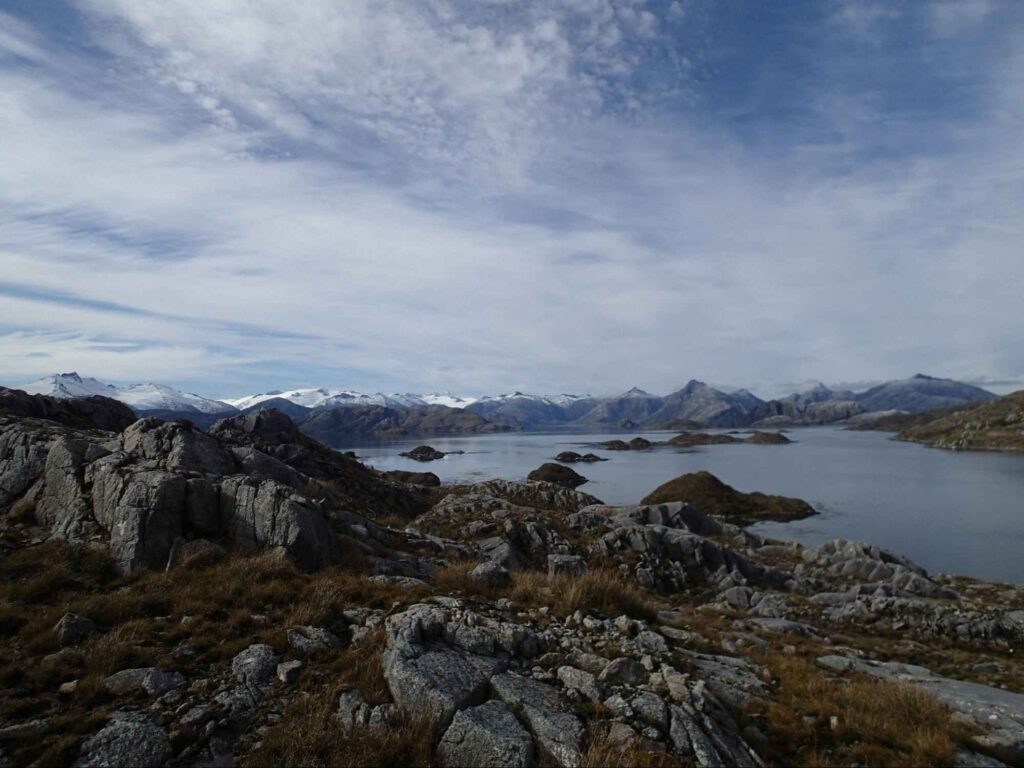
The team also bonded through a few bouts of bad weather. One day, while collecting samples, they got caught in a squall and needed to race back to the boat. They ran 15 minutes through heavy sleet, hauling 20 bags of samples, before taking shelter under the trees until the boat could safely anchor. But the storms weren’t all bad. After a snowfall, the team built a snowman on the deck of the boat, giving him a carrot nose, a bucket for his hat, and a seaweed scarf for his neck.
Dr. Hall couldn’t imagine a better experience and looks forward to another opportunity to collaborate with 60 South. We would love to have her back and we’re excited to hear about her research results!
Check back soon to see our next featured scientist!
